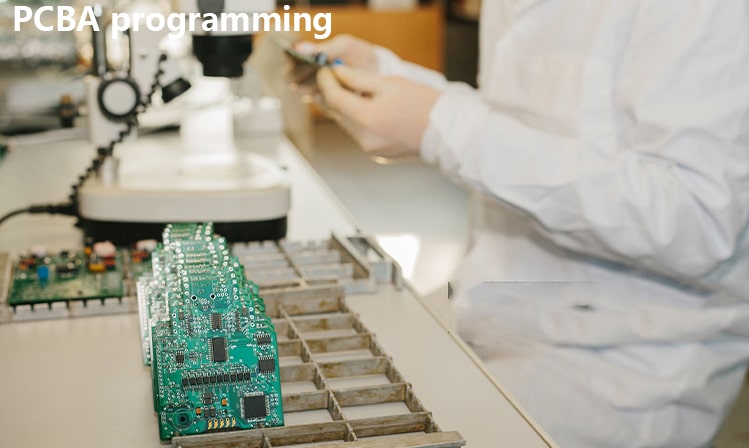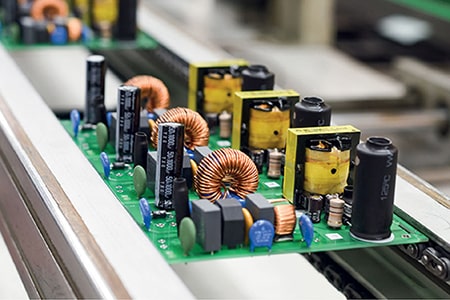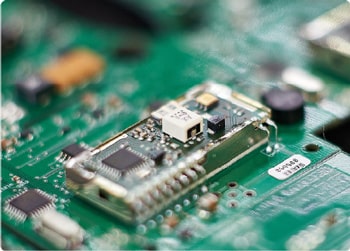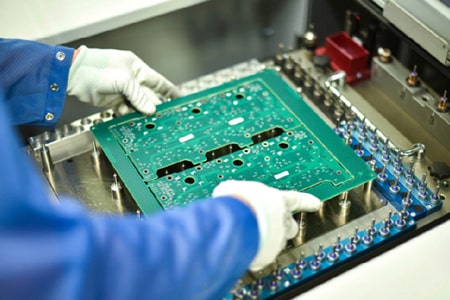In PCBA manufacturing, the programming process is a key guarantee of product quality
The "programming" step in the PCBA assembly process is a highly sought-after step. It's not only a crucial step in transforming a product from hardware into a "smart device," but also a core component in ensuring proper product functionality and reliable quality.
Definition of PCBA Programming
In the PCBA production process, programming involves inputting pre-designed program code into the memory on the PCB. Simply put, in order for the PCB to perform specific functions, not only does it require complete hardware, but it also requires the corresponding software to be embedded into the hardware through programming. This step, typically occurring at the end of electronic product manufacturing, is crucial for giving electronic products their "intelligence."
PCBA Programming Methods
There are generally two methods for programming: offline programming and online programming.
Offline programming requires the use of an adapter and a chip in a specific package. Its characteristic is that both the chip and adapter must be used together for programming.
Online programming offers greater flexibility, utilizing the chip's standard communication interfaces, such as USB, SWD, JTAG, and UART, to program directly. This method offers a moderate communication rate, and ordinary cables can meet the programming requirements, making the cost relatively low.

Why is the programming process so critical?
Giving the product a "soul"
Even if the circuit board design of a hardware device is impeccable, without a programming program, it is just a piece of hardware with a "shelly appearance." Only after the programming process injects the program into the chip can the device realize its designed functions and truly become a "smart product."
Ensuring proper product functionality
The programming process verifies the device's basic functions (such as communication, storage, and computing). If a program error occurs during programming, the device may not function properly. Therefore, programming is not only about enabling functionality but also an important functional screening.
Improving product consistency
Using a unified programming platform and process effectively eliminates manual errors, ensures consistent code versions for each PCBA board, and prevents product problems caused by program discrepancies.
Ensuring product security
Modern electronic products have increasingly stringent data security requirements. The programming process can encrypt the program or implement security protocols to prevent unauthorized tampering and hacking.
How can the programming process be performed effectively?
Choosing Professional Programming Tools
Efficient and stable programming equipment and platforms are key. For example, choosing equipment that supports multi-chip programming and fast transfer speeds can significantly improve production efficiency.
Ensure Program Integrity
Before programming, be sure to conduct a thorough review of the program code to prevent errors or viruses from entering the device.
Strictly Control the Programming Environment
The programming process requires strict environmental requirements, such as anti-static and dust-proofing. A good environment reduces the risk of device damage.
Perform Multiple Verification Rounds
After programming is complete, functional testing and quality inspections are required to ensure that the program is written correctly and the device functions properly.
In practical applications, the accuracy and stability of program programming are crucial to the quality of electronic devices. Therefore, choosing professional programming tools and methods is crucial. Professional PCBA manufacturers are equipped with advanced programming equipment and technical teams to ensure that every device leaving the factory is precisely programmed, thus ensuring the integrity and stability of the device's functions. Choose PCBAMake as your partner to help your dreams become reality.







